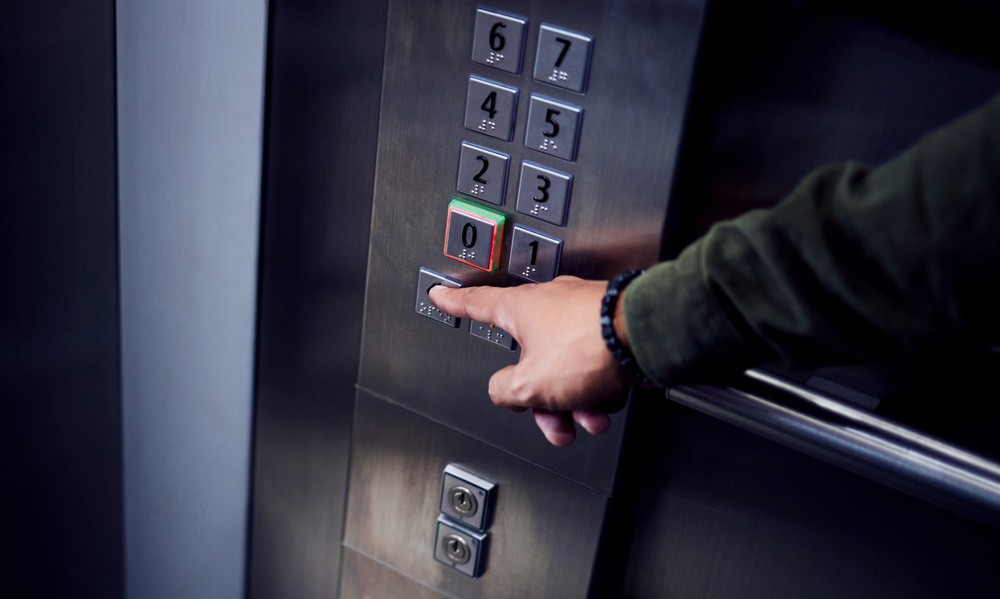
If you’ve ever stepped into an elevator and felt it glide effortlessly between floors, you’ve probably taken a small moment of modern engineering for granted. From luxury apartments to hospitals and office towers, elevators quietly shape how we live and move — yet few people ever think about how they actually work.
At Evonic Pro Elevators, we spend our days designing and installing these systems across Bangalore. And over the years, one question keeps coming up: “How does a lift really work inside a building?”
Let’s open the shaft door (figuratively!) and take a closer look.
Facilisi lacus rutrum egestas eget hendrerit tempor curae ante, diam cum porta sagittis ultrices leo risus justo, litora lobortis nunc nec fames augue metus. Vulputate mi non urna nam laoreet ornare venenatis fermentum, nisl quis hac diam facilisis ultrices.
The basic working principle of an elevator is surprisingly straightforward — it’s all about balance. Imagine holding a bucket tied to a rope over a pulley. When the bucket is full, it’s heavier and harder to pull up; when it’s balanced with another bucket on the other side, it moves smoothly.
An elevator works on the same idea. The car (or cabin) that carries people is balanced by a counterweight. A motor at the top pulls the steel ropes attached to both, making the car move up or down depending on which side has more weight.
When the car goes up, the motor lifts it. When it goes down, gravity does most of the work, and the motor gently controls the speed. This smart balance makes elevators energy-efficient and safe.
Although elevators look simple from the outside, they’re a beautiful mix of mechanical precision and digital control. Here are the main components that make them work:
All these parts work together to make every ride smooth, safe, and quiet.
Not every elevator works the same way. Depending on where it’s installed — a home, an office, or a hospital — the mechanism changes.
These are the most common. They use steel ropes or belts connected to a motor and counterweight.
There are two types:
They’re reliable, efficient, and ideal for commercial and residential projects.
Perfect for homes and low-rise buildings, hydraulic lifts work on fluid pressure. A piston pushes the car upward using oil in a cylinder, and gravity brings it down gently.
They don’t need a machine room at the top — which makes them great for compact villas or bungalows.
These are modern systems where the motor fits within the shaft itself — saving space and civil work. MRL elevators are now a favorite in new residential and commercial projects because they’re efficient and look neat.
You might have seen these small, glass-tube lifts in stylish homes. They move using air pressure differences and don’t need ropes or oils — simple, clean, and quick to install.
You press the button. The doors close. A faint hum follows — and in seconds, you’re at another floor.
Behind that simple moment is a sequence of coordinated actions:
Modern elevators also have microprocessors and variable frequency drives that adjust acceleration and braking for a perfectly smooth ride — no jerks, no sudden stops.
Every elevator system is designed with multiple layers of safety.
Some of the key safety features include:
Safety isn’t just a checklist — it’s part of every design decision we make. From hospitals to homes, our elevators are built to handle unexpected situations calmly and securely.
An elevator is like any other machine — it performs best with regular care.
Preventive maintenance ensures that parts stay lubricated, sensors work correctly, and small issues are fixed before they turn into problems.
At Evonic Pro Elevators, our maintenance teams in Bangalore carry out periodic inspections, oil checks, and test runs to ensure each system runs smoothly year-round. It’s the kind of quiet care that most people never see — but everyone benefits from.
If you think about it, elevators are a perfect example of human ingenuity — machines that combine strength, precision, and intelligence to make our lives easier every single day.
From the simple balance of a counterweight to the advanced sensors that guide each journey, every component plays its part. Whether it’s a hydraulic lift in a villa or a machine-room-less system in a high-rise, elevators remind us how technology, when designed thoughtfully, becomes invisible — you don’t feel it working, you just feel safe.
At Evonic Pro Elevators Pvt. Ltd., that’s what we strive for in every installation: silent strength, smooth performance, and complete peace of mind.